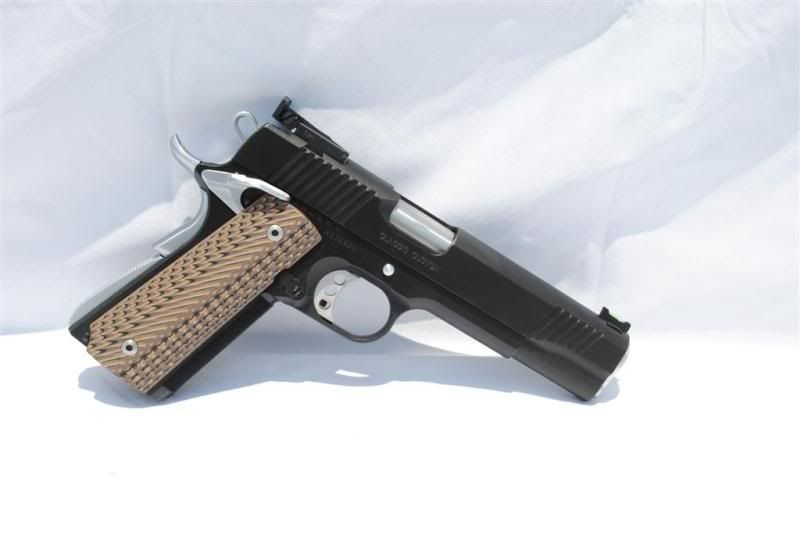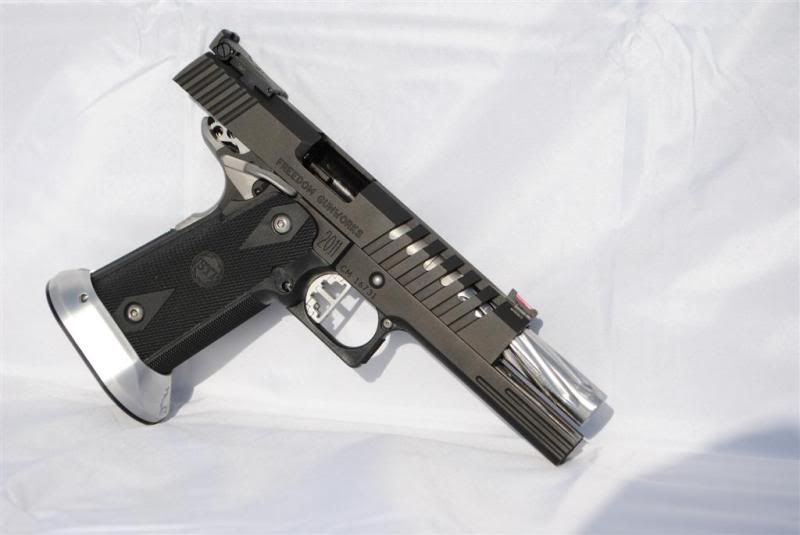Here are a few more photos for you Lee:
As far as I know, if you contact Joel Kendrick and have a barrel or action to send in, he is going to send you to me unless you have a Type 7 FFL. MMI now only processes barrels for firearms manufacturers and they have a minimum batch fee of $200. If you want 1 barrel done, you can ship that to Freedom Gunworks to be included in the weekly batch. Turn around is typically 3-4 weeks and the cost is $75 per barrel. This post is not to serve as an advertisement for Freedom Gunworks but more as a public announcement for those interested. At one point, I was named the official gunsmith for MMI, as far as I know that hasn't changed.
As for what Butch said, we're seeing a 100% increase in barrel life. I can't claim 3 times the barrel life, but in my experience that would be more caliber specific than anything. The black discoloration is a side effect of the process. It is a thermo-chemical induced hardening process. A barrel COULD be set back after it's been treated, but it would quickly dull a reamer. IMO, it be advisable to replace the barrel vs setting it back.
As for blasting the black off and "cerakoting" it, nothing wrong with that. I have a few theories on rust. Rust is a decay of the surface material, the metal erodes, the brown we associate with rust is the waste evidence of this reaction. If that metal is so hard that the level of degradation is minimal, corrosion or "rust" will be minimal. Surface discoloration generally. I've processed a part, blasted it, then observed the rusting characteristics. With 4140 carbon steel, surface rust will form overnight. On a processed part with the "black" blasted off, even with excessive sweaty hands handling, there is no rust formation. After prolonged exposure, discoloration might appear, but that has been the extent of it. I'm not advocating this to be the norm, just something I have noted in a very small test sample (6" part, but only 1).
I'll answer what questions I can.









